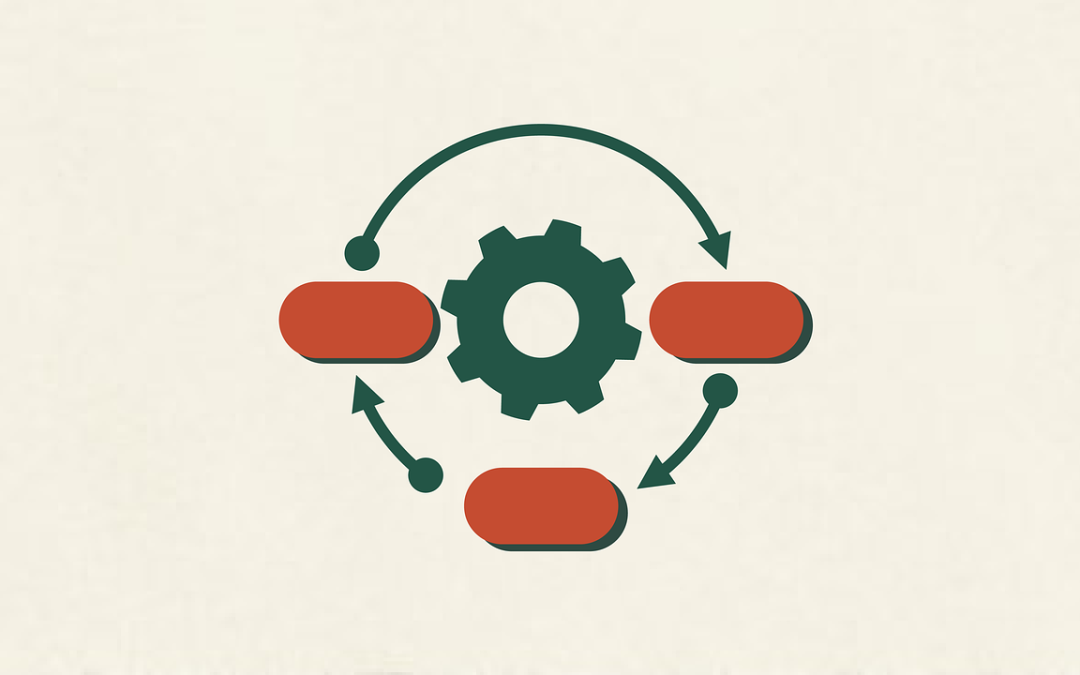Abstract:
The application of Predictive Process Monitoring (PPM) techniques is becoming increasingly widespread due to their capacity to provide organizations with accurate predictions regarding the future behavior of business processes, thereby facilitating more informed decision-making. A plethora of solutions have been proposed in the literature employing these techniques, yet they differ from one another due to a number of factors.
In light of the growing recognition of the value of object-centric event logs, including in the context of PPM, this survey focuses on the differences among PPM techniques employed with different event logs, namely traditional event logs and object-centric event logs. By understanding these differences, organizations can gain better insights into which techniques are most suitable for their specific needs.
This survey also examines the classification of PPM methods based on the prediction task they address and the specific methodologies they employ. This categorization allows organizations to identify the most appropriate PPM techniques based on their desired prediction outcomes and the resources and expertise available to them.
Traditional event logs typically capture data about process instances and activities, while object-centric event logs go a step further by also including information about objects involved in the process. This additional information enables PPM techniques to provide more accurate predictions, as they can take into account not only the sequence of activities but also the characteristics and behavior of objects throughout the process.
Various PPM techniques have been proposed and classified based on the prediction task they aim to achieve. These tasks include predicting the next event in a process, predicting the remaining time for a process instance to complete, and predicting the outcome or performance measures of a process instance.
The specific methodologies employed in PPM techniques include but are not limited to: sequence-based techniques that rely on patterns of past behavior, machine learning-based techniques that learn from historical data to make predictions, and rule-based techniques that use expert knowledge to define prediction rules.
In conclusion, this survey highlights the importance of considering the event logs used in PPM techniques and the specific prediction tasks and methodologies employed. By understanding these differences and selecting the most appropriate techniques, organizations can harness the power of PPM to make more informed and accurate predictions about their business processes, leading to improved decision-making and operational efficiency.
